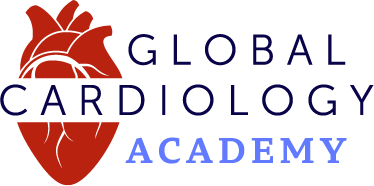Modern environmental and lifestyle factors are reshaping our understanding of hypertension risk, revealing that non-genetic influences like per- and polyfluoroalkyl substances and seasonal behaviors can drive blood pressure elevations starting in adolescence.
Cardiologists traditionally emphasize genetic predispositions, but emerging data on per- and polyfluoroalkyl substances (PFAS) underscore that exposure to these 'forever chemicals' is linked with significant implications for cardiovascular health. Prenatal exposure to these compounds has been associated with higher adolescent systolic and diastolic blood pressure, underscoring a critical window for intervention. A recent study found that in utero exposure to per- and polyfluoroalkyl substances (PFAS) was associated with increased blood pressure in adolescents. Specifically, each doubling of PFOS exposure was linked to a 0.47 mmHg increase in systolic blood pressure (95% CI: -0.13; 1.08) and a 0.58 mmHg increase in diastolic blood pressure (95% CI: 0.13; 1.04). Integrating questions about environmental toxin exposure into early cardiovascular assessments can help identify at-risk youth and tailor monitoring strategies.
Lifestyle factors further compound this evolving picture. Even healthy adults can experience acute spikes in blood pressure during holidays, often due to factors like stress and diet changes, although the term ‘holiday heart syndrome’ traditionally refers to arrhythmias associated with binge drinking. As demonstrated by Overindulgence during festivals linked to acute hypertension, excess sodium, alcohol and stress during festive seasons can precipitate transient but significant hypertension, necessitating proactive patient counseling on moderation to preserve cardiovascular health. Beyond these behavioral triggers, precision medicine advances are revealing genetic pathways that govern vascular remodeling in response to elevated pressure. Researchers have identified a Key genetic mechanism identified in blood pressure regulation that may determine why some patients exhibit more profound arterial changes under similar hemodynamic stress. Understanding these pathways can inform more targeted therapies that address both molecular and environmental facets of hypertension.
Integrating these insights into clinical practice also means simplifying pharmacotherapy. The FDA has approved a novel polypill, Widaplik, which combines multiple antihypertensive agents into a single daily tablet to improve adherence and streamline treatment regimens. This multi-agent approach aligns with the complexity of managing a condition influenced by genetic, environmental and lifestyle factors, offering a pragmatic solution for patients struggling with polypharmacy FDA approval of Widaplik enhances hypertension therapy options. Embracing such innovations alongside thorough environmental and behavioral assessment can enhance outcomes and set a new standard in comprehensive hypertension care.
Key Takeaways:- Non-genetic factors like PFAS exposure during prenatal development can elevate adolescent blood pressure, underscoring the need for early risk stratification.
- Holiday seasons pose unique triggers for acute hypertension, making patient education on lifestyle moderation essential.
- Discoveries in vascular remodeling genetics are paving the way for precision therapies that address individual arterial responses.
- Polypill solutions like Widaplik may streamline treatment, improving adherence and addressing the multifactorial nature of hypertension.

